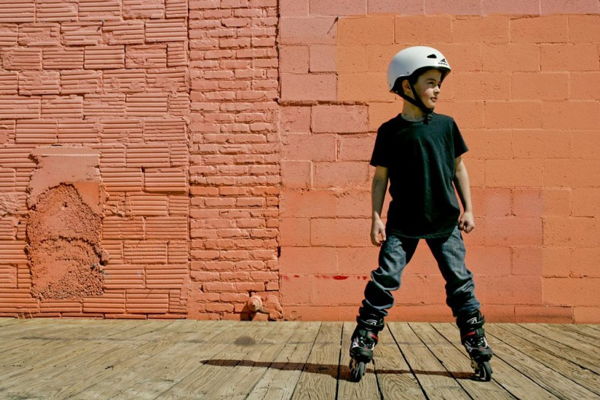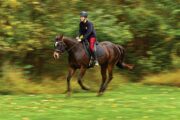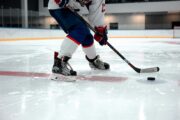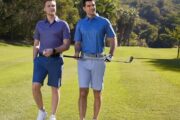Okay, so you’ve tried different tricks to convince your son to spend weekends outside instead of in front of the TV, but without success. You ran out of ideas and are ready to give up? Well, not yet. Here’s one more ace up your sleeve – get him a pair of skates. Why that worried face? It’s roller skating, not extreme skateboarding. Rollerblading is a great exercise, not to mention how fun it can be. Do not forget to get him a helmet, elbow pads and knee pads though. Safety first. Mums know.

So, which ones to get. Rollerblade skates that feature five wheels are the top of the line in terms of speed and low friction, but these should be used only by those who have advanced skills. The best for beginners would be the Rollerblade Spitfire kids skates since they features three or four wheels. These are the best choice for beginners, and this applies for adults too (in case you plan to get a pair for yourself :D). Totally fun, plus way better than spending a lovely Sunday afternoon watching TV or playing video games, don’t you think?
Although your child may find rollerblading a bit difficult in the beginning, you should keep him motivated. In addition, here are some tips you can use to help your kid learn rollerblading.
1. The rollerblade kids skates need to fit right.
A proper fit means the skate shouldn’t wobble to the side, and the toes and heels shouldn’t move when the person moves from side to side. Comfort is essential! A skilled person at the store should be able to help your child find the proper fit, and you should definitely consider adjustable kids skates.
2. Carpet and grass are the perfect places to start.
Because your kid will be standing on carpet or grass, the wheels won’t roll. And this will help him to adjust to the added height and to re-adapt his center of balance. You can also provide him a chair in case he needs the added support in case he falls.
3. Practice leg and foot movement.
Although your child may be on carpet or grass, he still needs to practice how to move his legs and feet. He should take a few steps, then while standing still, move one foot forward while evenly increasing pressure on that foot and then do the same with the other foot until he can ‘glide’ from one side to another in the room several times.
4. Patience is the key.
Although you may want to see him out of your living room as soon as possible, the process of learning shouldn’t be rushed and you shouldn’t make him feel he’s moving too slow. he should feel confident! Frustration will only keep him from succeeding. Help him relax, take deep breaths and focus. When he thinks he can do it, he will.
5.Practice falling and getting up.
Falling is inevitable. So it is a good idea to try to fall forwards, sliding on the knee pads and wrist guards. If he feels he’s falling backward, he should grab his knees; this will put him forward, so he will either stay upright or just fall forward.
6. Learn to break.
Similar like riding a bike and driving a vehicle, your kid will need to learn how to stop. To master this, he will need to move his foot forward and bend the knee slightly, applying pressure on the heel until he achieves a complete stop.
7. Practice regularly
Learning the basics isn’t enough. He should practice rollerblading at least half an hour every day to enhance his skills until he becomes a real master in rollerblading.
8. Move on to pavement.
Concrete is the ideal surface for rollerblading due to its rough and irregular characteristics. The wheels of the rollerblades will find friction withing the grooves, but on the other hand, it will also allow your kid to move more freely. Therefore, he should move on to pavement only when he feels comfortable.


